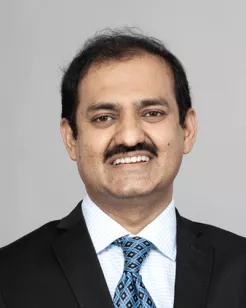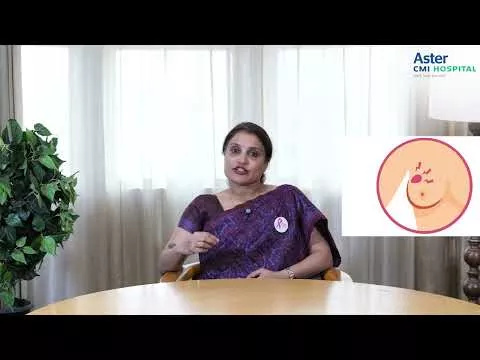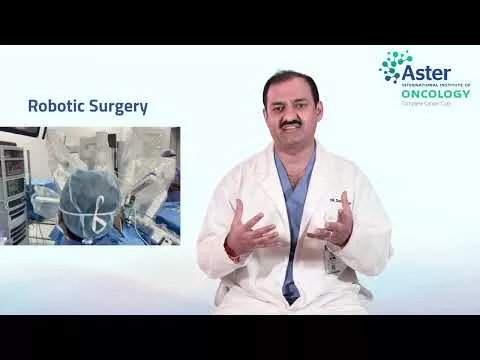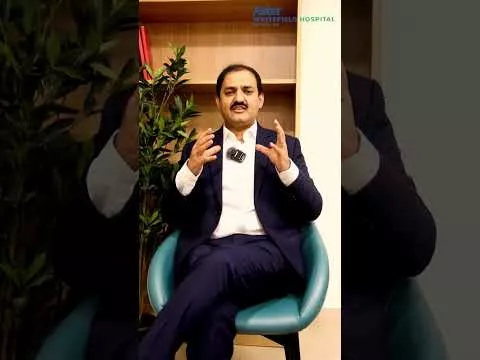The Impact of Robotic Surgery in cancer treatment
In the realm of cancer treatment, concerns often arise about the severity of the procedures and the lengthy recovery times associated with traditional surgeries. Professor Dr. Somashekar, the Global Director for Aster International Institute of Oncology and Chairman of the Medical Advisory Board at Aster DM Healthcare, sheds light on a transformative solution – robotic surgery.
Traditionally, cancer surgeries were major and complex, involving significant pain, extended hospital stays, and prolonged recovery periods. However, the landscape has evolved with the advent of robotic surgery. Professor Dr. Somashekar explains that robotic surgery utilizes an advanced computerized forearm device, allowing surgeons to perform complex procedures with precision and efficiency.
What are the advantages of Robotic surgery in cancer treatment?
The advantages of robotic surgery are numerous. The technology includes an endorist forearm with advanced capabilities, enabling surgeons to surpass their natural limitations. The robotic camera provides 12x magnification, offering a detailed view of the affected areas. The multitasking robotic arms, equipped with ICG, laser, and monopolar features, contribute to quick and precise surgeries.
One of the key benefits of robotic surgery is its ability to minimize pain and discomfort for patients. With a stable platform, 3D stereoscopic vision, and comfortable seating for the surgeon, the procedure translates into faster recovery times. Unlike traditional surgeries, patients undergoing robotic surgery often do not require ICU stays. They can walk, eat, and resume daily activities within a short timeframe.
Professor Dr. Somashekar emphasizes the efficacy of robotic surgery in various cancer types. From esophageal and lung cancers to rectal and gynecological cancers, robotic surgery proves to be a game-changer. The preservation of organs, avoidance of permanent stomas, and scareless approaches contribute to the overall well-being of cancer patients.
Aster International Institute of Oncology, one of the leading Oncology Hospital in Hebbal Bangalore, particularly the CMI and Whitefield Units, stands out as a pioneer in robotic cancer surgery. With more than 5,000 successful procedures, it has become a center of excellence in the field. Recognized by the International Aries Society, Aster is leading the way in providing patients with the benefits of robotic surgery.
Patients undergoing robotic surgery not only experience a high cure rate but also enjoy a better quality of life with minimal discomfort. Professor Dr. Somashekar and his team of expert Oncologists in Hebbal Bangalore encourages individuals to consult with their doctors to explore eligibility for robotic surgery, ensuring that the benefits of this transformative approach are not denied to their loved ones.
In conclusion, the integration of robotic surgery into cancer treatment marks a significant leap forward, offering hope, efficiency, and improved outcomes for patients. The tireless efforts of medical professionals like Professor Dr. Somashekar and institutions like Aster International Institute of Oncology are shaping the future of cancer care.










